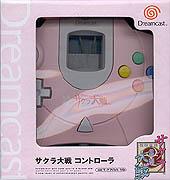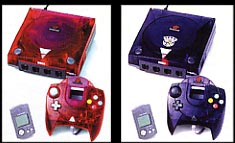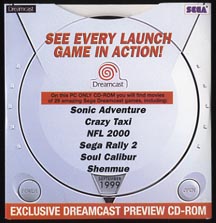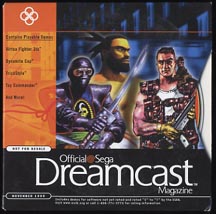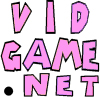 |
Map : News : Updated Links : Links : Mission Statement : Contact : Thanks : Works Cited : Power Supply Reference : Room of Doom : Movies : Books : Game Memorabilia : Cleaning : Auctions 3DO : Arcade : Atari : Bandai : CD-I : Channel F : Clones : Coleco : Commodore : Cybiko : Gamepark : Handhelds : Jakks Pacific : Magnavox : Mattel : Microsoft : Milton Bradley : NEC : Nintendo : Nokia : PONG : RCA : Sears : Sega : SNK : Sony : Tapwave : Texas Instruments : Tiger : Tiger Telematics : Timex : VIS : V-Tech : Worlds Of Wonder |

Sega Dreamcast (HKT-3020)
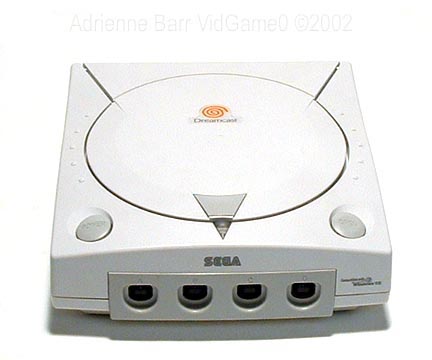
In 1997 Sega announced that they would be releasing a new next generation console, a 64 bit CD based system. While Sega of America worked on project Black Belt, Sega of Japan worked on project Dural, which Sega chose. They later changed the console to be 128 bits and used a form of disc hard to pirate: the GD Rom. The project would later be named the Kitana and finally in 1998 they settled on Dreamcast and sales start in Japan on November 27, 1998.
On September 9, 1999 the Dreamcast was released stateside for $199.99 USD. About 500,000 units were moved in the first week of sales and recorded one of the most successful launch days of recent videogame history. The Dreamcast was packaged with a 56K modem, demo disc, web browser disc, one controller, AV cables, and a power cord. The controllers of the Dreamcast had small expansion bays in them for putting accessories such as the microphone, memory cards and rumble packs in. They had spaces for two of these such accessories, as shown below.
By the end of the third quarter 2001, the Sega Dreamcast had stopped being produced and the cost of systems to customers had moved down to $49.99 USD. Games prices ranged anywhere from $4.99 USD to $39.99 USD as stores started to move out the last remaining software stock. Toys R Us had packaged an 'exclusive' deal together for $19.99: NFL 2K1, NBA 2K1, and World Series Baseball 2K1. All three were from the Sega All Stars program. The last game released in the United States for the DC was NHL 2K2.
The Dreamcast also shipped with Windows CE as it's operating system which made for faster conversions between PC and Dreamcast titles. Also, Sega had their own brand of arcade specifications with their Naomi motherboards, which they took from the Dreamcast. It was then easier and faster programming titles for the Dreamcast straight from the arcade. It had a 6-8X speed CD (GD) Rom drive and a Hitachis SH-4 Processor, which got Sega into a little hot water. 3DFX was supposed to make the chipset and later sued Sega over breach of contract.
The Dreamcast memory card was called a Visual Memory Unit / System (VMU or VMS) and was used to save games, give mini hints during gameplay and could be used with games downloaded from Sega Net or from the games themselves. By formatting the memory unit, you could change the icon and color of the VMU on the memory card subscreen on the Dreamcast.
The Dreamcast unit contains a rechargeable battery that recharges during gameplay in order to save things such as date and time settings. The initial recharge time is two hours and from that you get about twenty days of memory retention. The proper way to turn off the Dreamcast is to first soft reset (A,X,B,Y buttons + start) to apply the braking mechanism to the game disk and then to turn the power off.
The
Sega Dreamcast, during it's short two year lifespan, had a number of
different 'special' releases in the United States. Here is a short list
of them:
Black System Sega Sports system with NBA 2K, NFL 2K
White System with Sega Smash Pack
White System with NBA 2K1, NFL 2K1, World Series 2K1
White System with Sonic Adventure, Sonic Shuffle, Sonic Adventure 2 Demo, Blue VMU
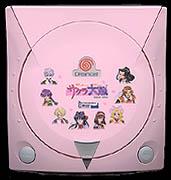
Special Japan only Sakura Wars system and controller (can't find source again)
Special Japan only Resident Evil Consoles: Code Veronica and S.T.A.R.S. (Tips & Tricks back issue)
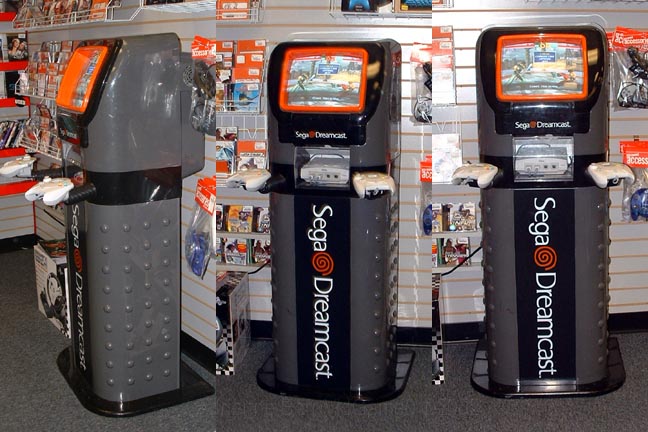
Sega Dreamcast Retail Interactive Kiosk.
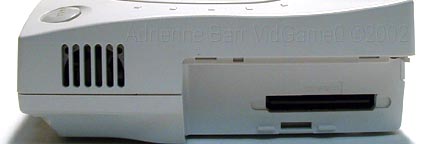 |
|
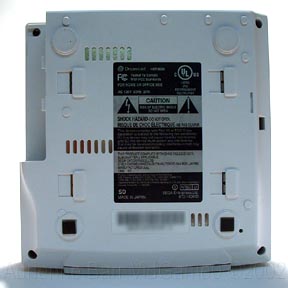 |
|
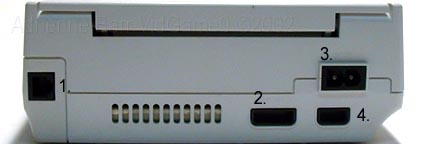 |
1.
Modem/Phone Jack |
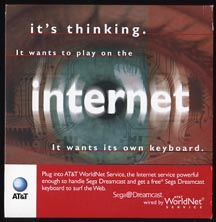 |
|
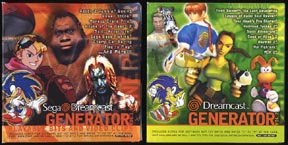 |
|
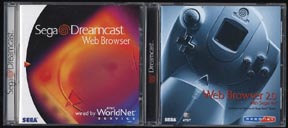 |
|
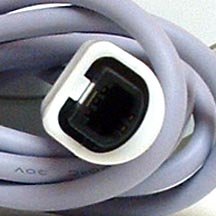 |
|
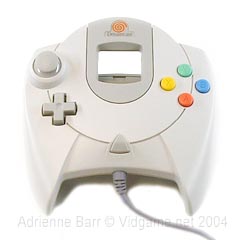 |
|
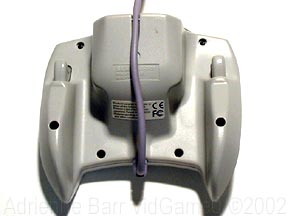 |
|
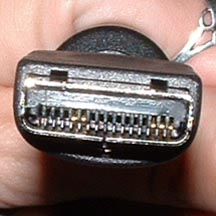 |
|
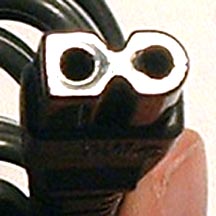 |
|
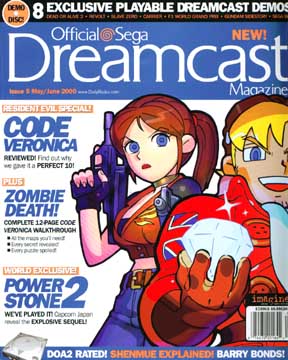 |
1st
Disc shown is the Issue 1 Interactive CD Rom |

